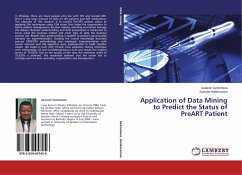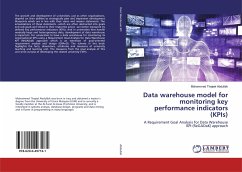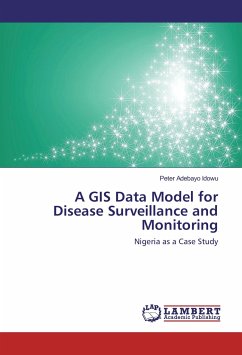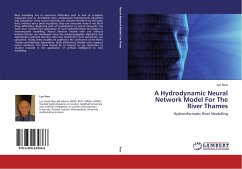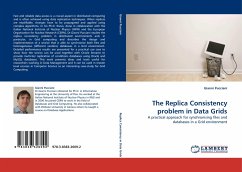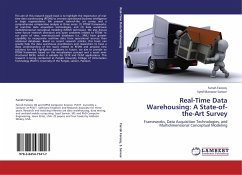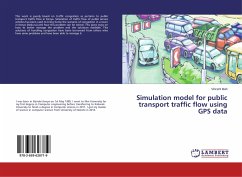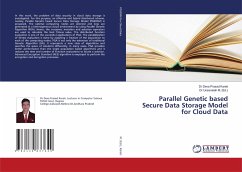
Tensorfield Visualization on the F5 Data Model
Visualization of General Relativistic Tensor Fields via a Fiber Bundle Data Model
Versandkostenfrei!
Versandfertig in 6-10 Tagen
53,99 €
inkl. MwSt.

PAYBACK Punkte
27 °P sammeln!
The mathematical notation of tensor fields occurs in many applications, ranging from astrophysics via fluid simulations to medical imaging. While this mathematical abstraction is often considered to be too obscure to be understood easily, this thesis seeks to provide intuitive, visual representations of these objects. Tensors emerge from the mathematical branch of differential geometry, the natural formalism of General Relativity. This framework therefore provides a thorough mathematical foundation that universally applies to other application domains as well. Even more, the requirements to fo...
The mathematical notation of tensor fields occurs in many applications, ranging from astrophysics via fluid simulations to medical imaging. While this mathematical abstraction is often considered to be too obscure to be understood easily, this thesis seeks to provide intuitive, visual representations of these objects. Tensors emerge from the mathematical branch of differential geometry, the natural formalism of General Relativity. This framework therefore provides a thorough mathematical foundation that universally applies to other application domains as well. Even more, the requirements to formulate the needs of general relativity in a computational environment naturally leads to an organization model for numerical data. Inspired by the mathematical notion of fiber bundles, this thesis presents a scheme to classify and organize many diverse types of data under the same common hood, leading to highly reusable software components and a powerful systematic approach for scientific visualization. The work presented combines knowledge from advanced mathematics and computer science to lay the foundation for the five-level 'F5' data model and explores various visualization methods.




